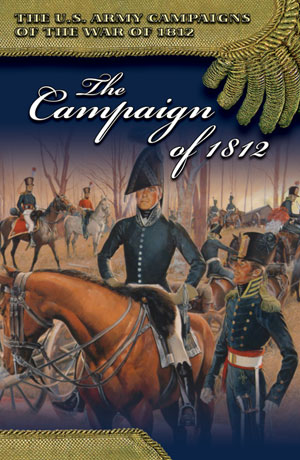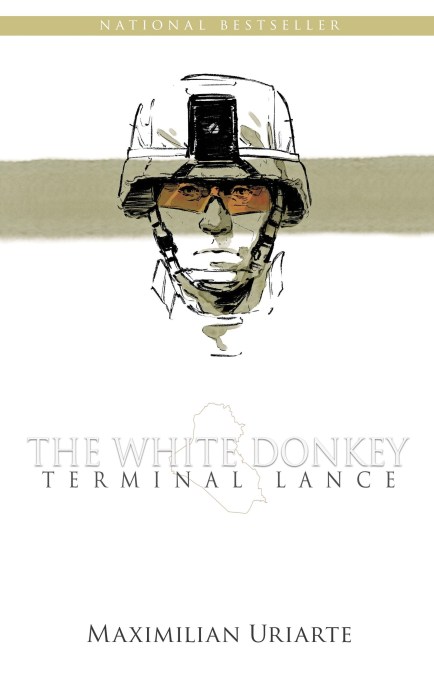A version of this article appeared in Knights of the Dinner Table #170 (December, 2010).
The circle of the world has turned and Yule is come again. In the Northern Hemisphere the light has slowly been declining until the shortest day of the year arrives, and the longest night. Bells tinkle and magic is in the air as so much of the Western World again descends into fantasy and childhood.
It's Christmas Eve!
Despite the obvious links to fantasy inherent in so many Christmas traditions and tales, the holiday is stubbornly difficult for fantasy writers to handle successfully. Perhaps it is the broad, mass appeal of Christmas stories, its religious overtones, or its economic importance. Whatever the reason, precious few good, modern fantasy genre stories are set during the holidays, and even fewer successfully tackle its themes. The topic is generally abandoned to the authors of children’s book. In the 19th century, however, it was a common topic for prolific writers whose longevity and popularity have elevated them to icon status today.
L. Frank Baum is a prime example. Because he wrote for children and enjoyed mass appeal, the author of The Wizard of Oz is seldom thought of as a fantasy author, a status he shares with Peter Pan’s J.M. Barrie and Alice in Wonderland’s Lewis Carroll. Of course, all three were fantasy writers who built fantastical imaginary worlds that have directly influenced much modern fantasy, and fantasy roleplaying.
In 1902 Baum wrote The Life and Adventures of Santa Claus, which purported to provide Santa’s origin story, creating an elaborate and original mythology that includes traditional creatures such as nymphs, gnomes, and elves as well as original creations such as Ryls and Knooks. The story is set in the Forest of Burzee, described memorably by Baum:
Have you heard of the great Forest of Burzee? Nurse used to sing of it when I was a child. She sang of the big tree-trunks, standing close together, with their roots intertwining below the earth and their branches intertwining above it; of their rough coating of bark and queer, gnarled limbs; of the bushy foliage that roofed the entire forest, save where the sunbeams found a path through which to touch the ground in little spots and to cast weird and curious shadows over the mosses, the lichens and the drifts of dried leaves.
The Forest of Burzee is mighty and grand and awesome to those who steal beneath its shade. Coming from the sunlit meadows into its mazes it seems at first gloomy, then pleasant, and afterward filled with never-ending delights.
Baum carefully describes the ways in which all of the different aspects of the Santa tradition come into being, from reindeer to the first Christmas Tree. It’s all fanciful, and differs significantly from today’s better known traditions: for example Santa’s deer number ten rather than eight and are named Glossie, Flossie, Racer, Pacer, Fearless, Peerless, Ready, Steady, Feckless, and Speckless, When Baum wrote Christmas traditions were less calcified, and he made full use of this creative freedom.
Santa’s rise to greatness is not unopposed; a great battle is fought between the evil Awgwas and the immortals, Santa’s patrons. Santa himself is not involved in the battle, Baum is careful to maintain his essential purity and goodness, established firmly when the young Claus, finally exposed to the evils that so many children suffer after his own happy childhood in the Forest of Burzee, embarks upon his great quest to bring children happiness.
The Forest of Burzee, and Santa himself, are connected to Baum’s Oz legendarium in the 1909 novel The Road to Oz (the fifth Oz book), when Santa and his entourage come to Princess Ozma’s birthday party. The Forest, and Santa, appear in some of Baum’s short stories, especially “A Kidnapped Santa Claus” from 1904, a slightly darker tale which featured the Daemons of Selfishness, Envy, Hatred, Malice, and Repentance.
The fairy tale style of Life and Adventures of Santa Claus might put off players and game-masters from seeking inspiration in the tale, but in fact the mythology is a rich vein to mine for gaming nuggets. One limitation of the Christmas mythology, from a gaming perspective, has always been its close ties to the Christian religion. Baum’s tale presents a well reason Santa Claus figure in a mythology divorced from Christianity (though not hostile to it). A game-master can thus introduce Santa and his accompanying mythology to a pagan campaign world without violating either logic or insulting a real world religion. Indeed, the Immortals make an excellent pantheon that a game-master could drop ready-made into any campaign with a strong element of faerie in its makeup.
Baum wrote the tale for children, but his prose is skillful if minimalist. It is filled with evocative images and memorable if quickly drawn characters. Discerning, open-minded adults should enjoy the pleasant tale and younger truly may truly love it. The novel has been adapted to the screen in two cartoons, and handles the transition well, Baum laved the theater and his writing retained a theatrical sense that encouraged such adaption.
Finally, like most of Baum’s work the tale is in the public domain. It can be found readily enough in various new editions, and is also available as a free download at Project Gutenberg.
The work was adapted into an interesting stop-motion animation holiday special by Rankin-Bass in 1985. It never attained the popularity of the other Rankin-Bass shows, but it has some remarkable images, the Great Ak especially is really dignified and impressive. And Universal produced a cartoon version as well in 2000, but I've never had an opportunity to watch it.
Any figure as pervasive and influential as Santa Claus can carry the weight of multiple origin tales. Baum’s is a worthy contribution to the legend, and an excellent way to add a hint of mistletoe and holly to your fantasy gaming.
All views in this blog are my own and represent the views of no other person, organization, or institution.







.jpg)



